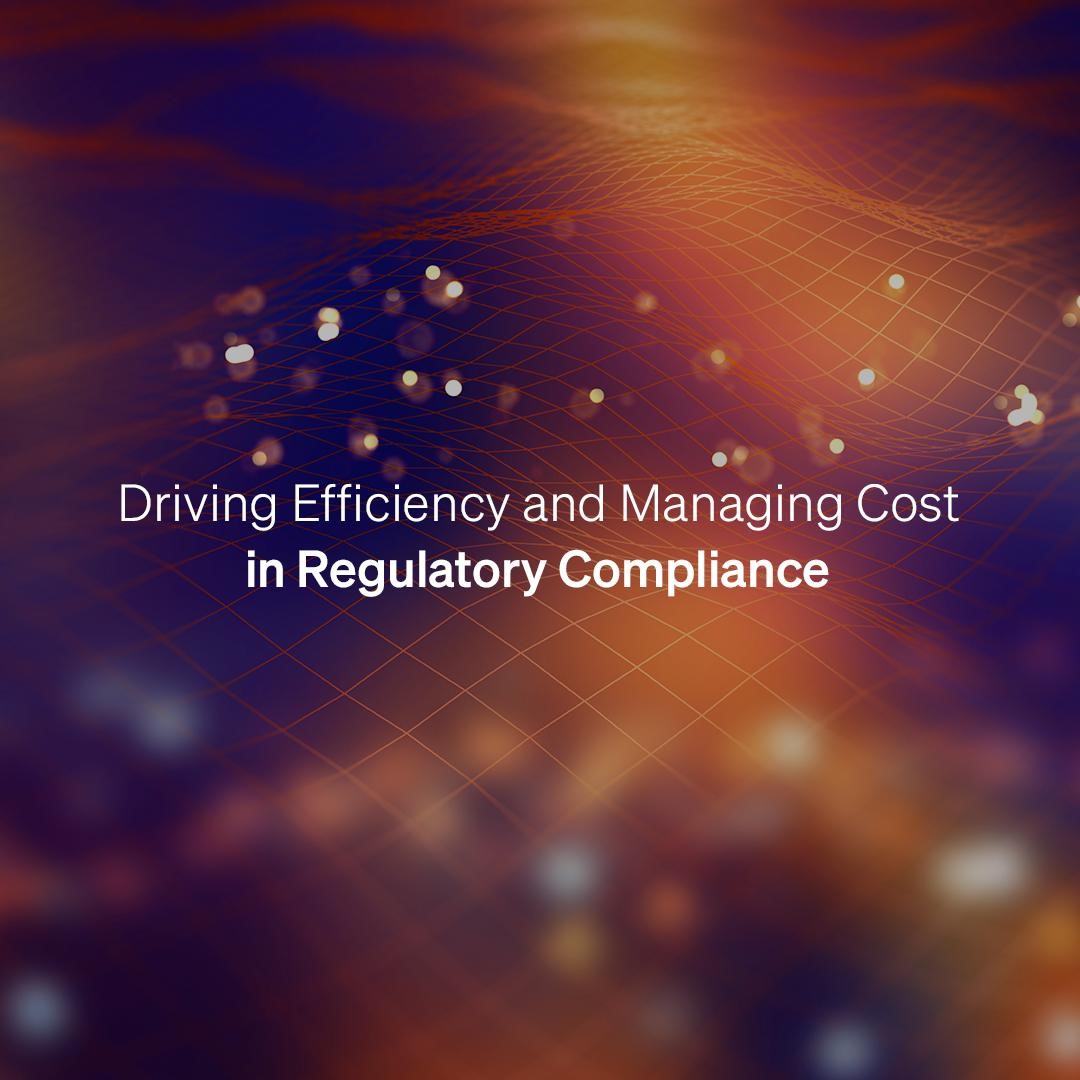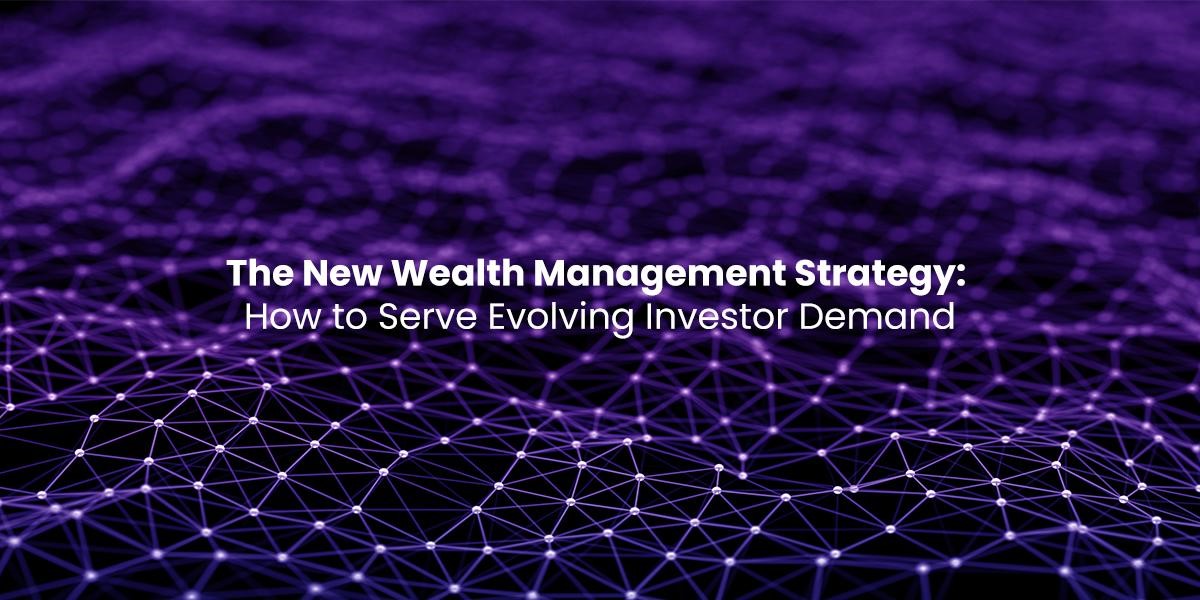Wealth management is under intense regulatory scrutiny. The industry is seeing mounting efforts by regulators to improve competition and investor protection, strengthen firm’s governance and accountability, and enhance sustainability reporting and disclosures.
However, regulation can be a significant roadblock for expansion in wealth management. It puts enormous pressure on overhead costs when scaling a business across multiple geographies.
Leveraging technology is the only way to effectively manage the complexity and cost of regulation while maintaining competitive performance.
Regulatory Obligations Proliferate

Regulators continue to strengthen frameworks and requirements related to investor protection and choice, governance and accountability of advisors, and reporting and disclosures related to environmental, social and governance (ESG) investing and company sustainability efforts.
Though jurisdictions are at different stages of implementation, most regulators are focusing their attention on the increasingly digital nature of distribution, the quality of outcomes and value for money for investors, and product governance for the target market of end clients and related distribution strategies. But at the same time, regulators are increasingly promoting their jurisdictions as asset management domiciles. This widens choice for clients, especially sophisticated or semi-professional investors, and creates new opportunities for wealth managers.
Recent years have seen regulators step up accountability arrangements related to the resources, capabilities and expertise of wealth management technology firms. For example, they are implementing mandates for combating financial crime, sanctions compliance, operational and cyber resilience, and achieving diversity and inclusion targets.
There has been a whirlwind of regulation about sustainable finance, some of which is particularly complex. This encompasses a myriad of topics with limited common definitions related to the breadth and depth of disclosures. Additionally, sustainability regulation is not harmonised across jurisdictions. For example, mandatory reporting requirements for climate change in different jurisdictions are progressing along different trajectories, especially with regard to implementation timeframes and the sizes and types of companies impacted. It’s increasingly difficult and costly for wealth managers to gather the data they need regarding their investments for the purposes of their own disclosures.
Wealth Management Technology Solutions for Effective Regulatory Compliance

Staying on top of regulation, and implementing effective compliance processes, can be a significant challenge. Wealth platforms are spending more time than ever on regulatory compliance, as regulatory obligations continue to increase across all jurisdictions.
Advisors must implement effective processes that ensure adherence to regulations for anti-money laundering, know-your-customer and data privacy. This requires staying current with regulatory changes, conducting regular compliance reviews, and implementing robust data security measures.
The solution lies in implementing strong, integrated and scalable operational workflows for regulatory compliance. The workflow must be able to manage quality checks, for both clients and investments, and provide the flexibility to accommodate for changing regulatory agendas and requirements across jurisdictions.
Because regulation touches all parts of wealth management, the solution should be embedded throughout the wealth platform across front, middle and back office operations. It should be built to ensure risk monitoring and compliance management functionality, including customer suitability and investment risk analysis, customisable pre- and post- trade rules, regulatory reporting for different regimes, provision of audit trails, and client classification and risk categorisation.
As regulatory pressures continue to rise, leveraging wealth management technology and digitising workflows is the only way to ensure robust regulatory compliance while managing costs in an appropriate way.
No matter their size, wealth platforms should be implementing wealth management technology solutions to enhance regulatory compliance, improve operational efficiency, and future proof their business.
About Valuefy
Valuefy is a premier investment technology lab with cutting-edge solutions serving leading financial institutions across the globe. Its Wealth Management Solutions has enabled Wealth Managers globally by providing production-grade investment technology solutions for an uberized customer experience.














